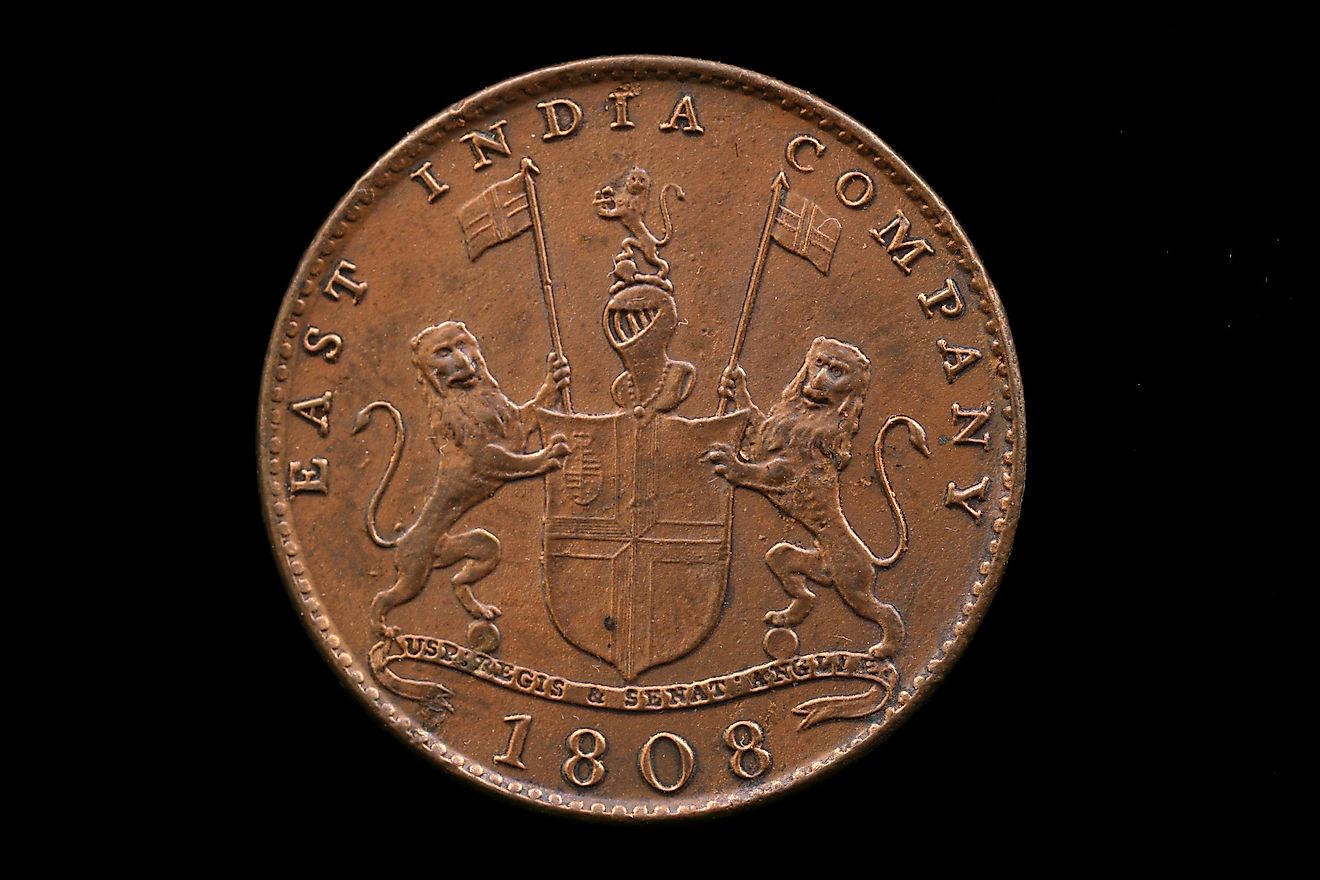What Does Permanent Settlement Mean?

- One of the main effects of the Permanent Settlement was the change in political structures that gave a much higher power to the landlord class.
- The East India Company was a company formed by the British Empire that had the goal of trading in the Indian subcontinent.
- Due to the effects of the Permanent Settlement the land owners, the Zamindar, became more conservative and unwilling to change.
The Permanent Settlement was a special agreement between the East India Company and Bengali property owners to fix the revenues to be raised from the land. This agreement is also known as the Permanent Settlement of Bengal. It had a huge effect on the British Empire and long-lasting consequences for the agricultural methods and productivity used there. It also affected the political scene of the Indian countryside greatly. The agreement was settled in 1793 by the Company administration. The person at the head of the administration was Charles, Earl Cornwallis.
The East India Company
The East India Company was a company formed by the British Empire to trade in the Indian Ocean region. The company managed to acquire a large part of the Indian subcontinent. It also colonized large parts of Southeast Asia as well as Hong Kong. The Permanent Settlement was just a part of a larger body of legislation. This legislation was called the Cornwallis Code. It was used to divide the personnel of the company into three branches. These branches were the revenue, judicial and commercial branches. All of the revenues were actually collected by native Indians that were working for the company. They were called the Zamindars. Throughout this process, a class in Indian society was created that supported the authority of the British Empire.
The first place where the Permanent Settlement was introduced was Bengal and then Bihar. Later on, it was also introduced in Madras and Varanasi. Eventually, the system managed to spread throughout northern India through a series of decrees. These decrees were dated May 1st, 1793, and remained in place until 1833. Besides the Permanent Settlement, there were two other systems prevalent in India at the time. They were the Ryyotwari and Mahalwari systems.
The Permanent Settlement
The original goals of the Permanent Settlement were to increase tax revenue, create a Western-European style market of land, and to encourage investment in land and agriculture. This would create the perfect circumstances for economic growth for the East India Company and the people living in the region. However, most people believed that the system was faulty and had many shortcomings.
The way the Company tried to fix the rate of the expected tax revenue was done in a way that meant they would lose money in the long run. Their income from taxation would decrease because the revenues were fixed, while the expenses were getting more and more expensive with the time.
Another thing that negatively influenced the Permanent Settlement was the living conditions of the Bengali peasants. Famines were occurring all over the country, but landlords still tried to cultivate crops from them. This was due to the fact that the landlords would possibly lose their land if they could not deliver the required amount of goods for taxation. The Indian people that were working for the British Empire (the Zamindar class) also failed to invest in the agricultural infrastructure, and it was another reason why the agreement failed. With the involvement of the British Empire, the Zamindar became increasingly conservative.











